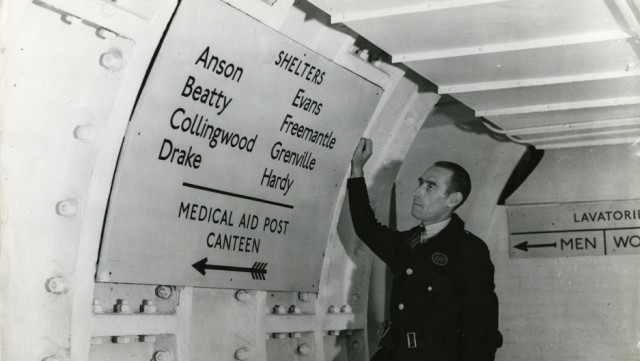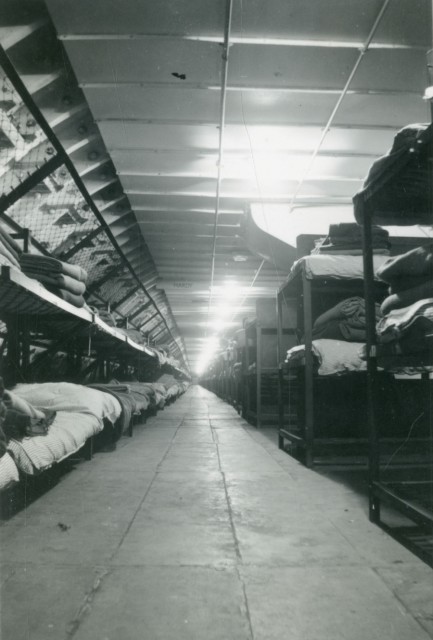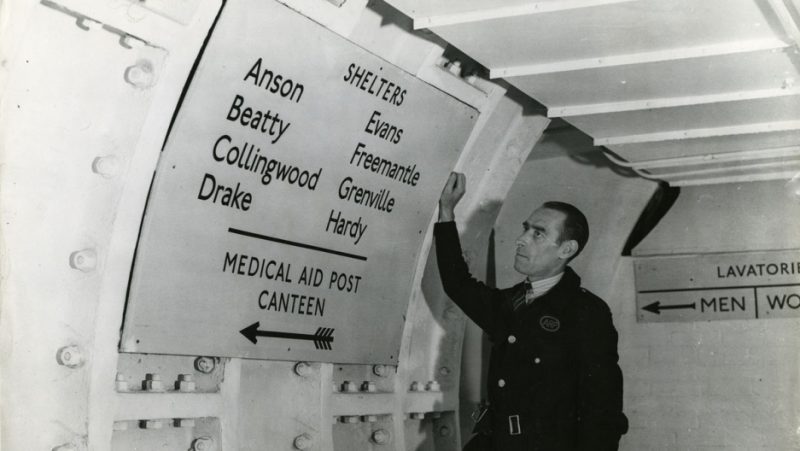
Life for Londoners in the Second World War was fraught with danger. On the first night of the Blitz, 7th September 1940, over 800 German bombs fell on the city, almost all of them between 6:00 pm and midnight.
The raids continued, and in a seven-day period, from 7th to 14th October more than 2,700 bombs rained down. Between September and November that year, a total of over 30,000 bombs were dropped on London, killing 6,000 people and injuring twice that many.
By the end of the Blitz in May 1941, 28,556 Londoners had lost their lives, and another 25,578 were seriously injured. More than 1.5 million people had been made homeless. Hitler’s plan to demoralise the people and reduce the city to smoking rubble had not succeeded, in fact it had welded the people into a formidable force, as described by J.B. Priestley in one of his inspirational radio broadcasts at the time.
He said, of Londoners, that “we’re not really civilians any longer but a mixed bag of soldiers – machine-minding soldiers, milkmen and postmen soldiers, housewife and mother soldiers… Instead of being obscure and tucked away, we’re bang in the middle of the world’s stage with all the spotlights focused on us.”

The government had already agreed to London Underground rail tunnels being used as shelters during the night, but fearing that the bombing would increase in intensity it decided to go ahead with the construction of nine purpose-built tunnel shelters, each one providing sleeping accommodation for 8,000 people.
Built deep beneath the existing rail tunnels, these shelters were equipped with rows and rows of bunk-style beds, lighting systems, loudspeaker systems, and tea-bars. Each person was allocated a bed for the duration, but could only take clothes and bedding into the shelter – no other personal belongings were allowed.
At the end of the war, the shelters were closed and have remained, largely forgotten, beneath London’s streets ever since. The beds and the lighting remain, as do all the original signs telling people where to go. Now, Transport For London, the organisation that is responsible for the city’s public transport infrastructure, is planning to reopen some of the shelters to the public, 75 years after they were last used.
Whether there will be a supply of tea – the Londoner’s traditional beverage – for sale is not known, but if there is, it is certain to cost more than it did in 1941, when people complained it was two pence a cup, more than double the street price.
